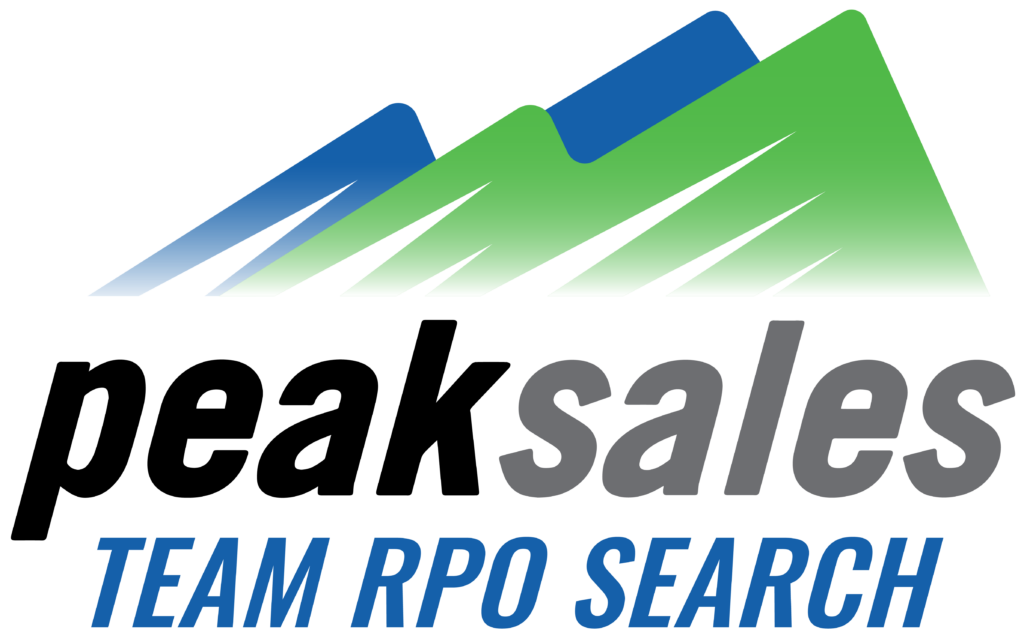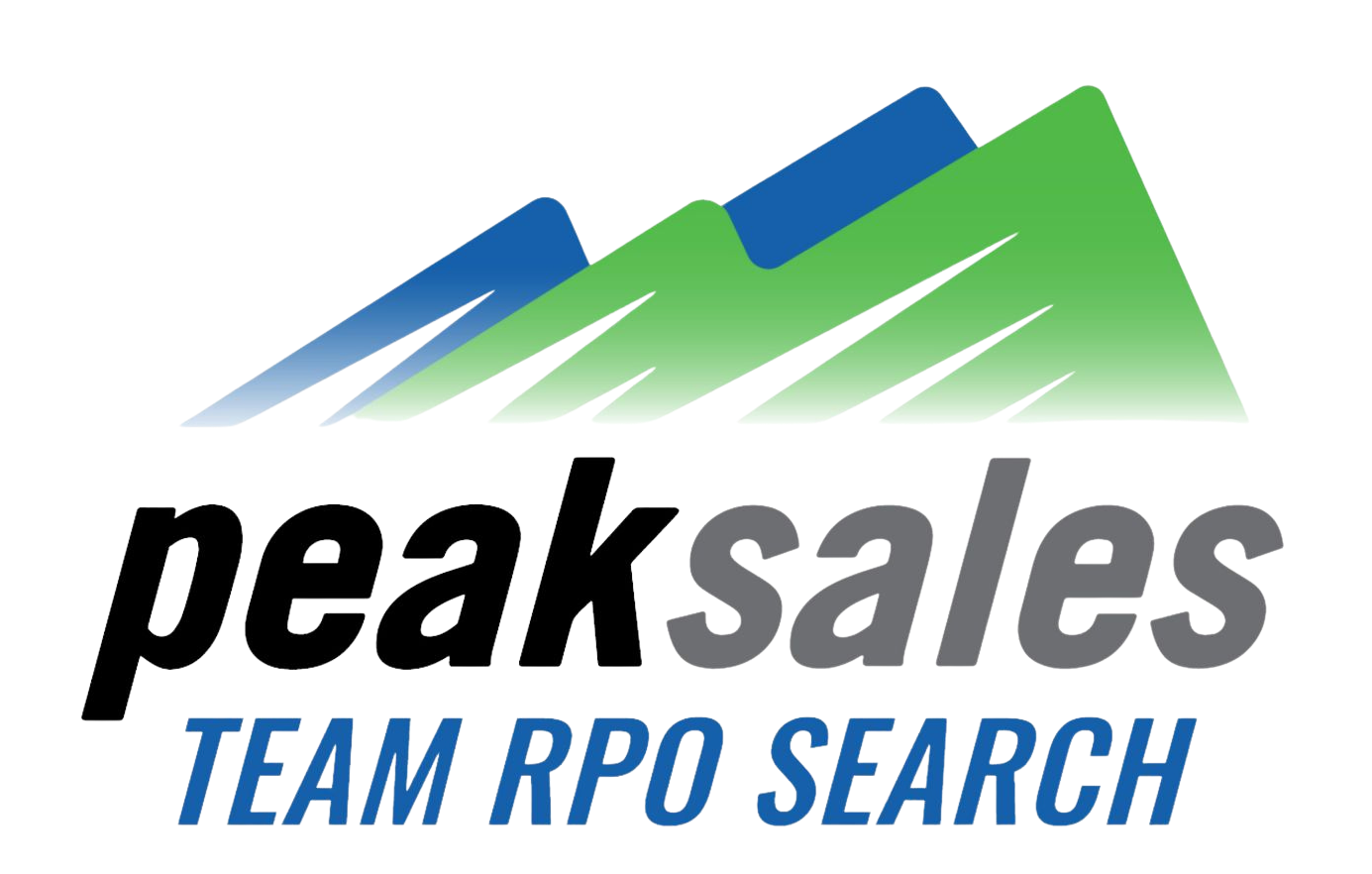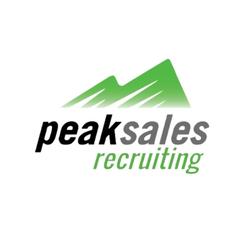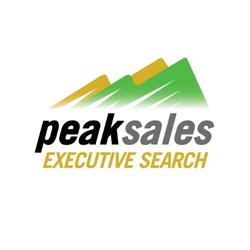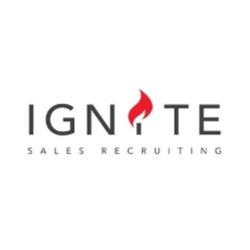Did you know that it takes the average enterprise sales representative six months or longer to start closing sales? During that time, the new sales rep may be working hard but their contribution isn’t showing up on the bottom line.
The High Cost of Extended Sales Rep Onboarding
Taking months to bring a new employee up to speed in sales is costly in several ways. Consider the direct costs of sales rep onboarding. A new hire is drawing a salary (or advance on commissions) for a period of time before they start to close sales. For example, a sales rep earning a base salary of $70,000 might cost the company over $35,000 in compensation expenses if they take a full six months to get up to speed.
In addition to direct costs, there are indirect costs to onboarding. The new hire may need additional training and support from managers and other sales representatives. For companies that have minimal sales training resources, informal sales training and mentorship can be especially time-consuming.
Don’t misunderstand us… It’s probably not possible to eliminate sales rep onboarding entirely. It takes time to learn a new product, different ways of selling and company culture. But what if you could shave a month or two from your onboarding process? That improvement alone could boost sales productivity dramatically, especially if you are hiring many sales staff.
Reducing Sales Rep Onboarding Time: 4 Factors To Optimize
The first step in improving your sales onboarding process is to analyze it and determine the root causes of slow onboarding. As a starting point, use the following 4-factor model.
Streamline Administrative Support
The reality is that new employees generally need more support in order to be successful. However, many of their support needs are predictable. For example, every new hire is going to need guidance in learning how to book time off, set up their benefits, and more.
If you are planning to hire more than two sales representatives in the next 12 months, it is worth taking the time to optimize your support. At the very least, create a checklist of steps that each new hire should complete in their first 30 days. Ideally, a new hire’s basic technology setup – laptop, phone and accounts on key platforms – should be ready to go on their first day.
Emphasize Necessary Product Knowledge
You can’t sell a product without understanding how it works. In the first few weeks at the company, each new sales rep should have scheduled training to understand your key products. If possible, give them the opportunity to meet customers and see how they use your products.
There is a significant opportunity to save onboarding time on product knowledge by focusing on the essentials. For example, make a list of the 50 most common customer questions that come up in presentations or demos. The list of the most common questions and objections can become a living document for the entire sales team.
Focus Your Sales Training
The time required for sales process onboarding varies considerably depending on experience level. Brand new sales development representatives (SDRs) and other new sales reps will likely require substantial sales training. In comparison, bringing in more experienced sales professionals can significantly cut sales training costs.
By the way, there’s no need to rely exclusively on internally produced sales training materials. Sales training courses on LinkedIn Learning or Sales Gravy can save sales managers hours of time in creating presentations. The only caveat is that these online training course libraries tend to be vast – so create a short list of “must complete” courses during onboarding.
Identify Sales Quick Wins During Onboarding
Most salespeople are highly motivated to achieve goals. Therefore, asking a sales person to spend weeks or months on sales training, administrative tasks and other preparation can be demoralizing. To mitigate this onboarding problem, create opportunities for new sales hires to win.
Closing a new sale, especially in enterprise sales, is unlikely to happen right away. However, there are other wins to be had when you focus on the leading indicators of the sales process. For example, consider a sales process that emphasizes providing product demos. A leading indicator for success in this context would be booking appointments with prospects. Therefore, you may want to set an easily achievable activity goal (e.g. contact 10 prospects for demos in your first 30 days) to give prospects a chance to win.
Optimizing each of these four factors will incrementally speed up your sales rep onboarding program. Once you have this foundation in place, there’s one more crucial strategy to speed up sales rep onboarding.
The Surprising Way Recruiting Improves Sales Onboarding
Assuming that sales rep onboarding starts on the first day of work misses a major opportunity. In reality, the hiring process has the potential to speed up onboarding in a few ways.
More companies are emphasizing the value of exercises, tests and applied work during the interview process. For instance, you might ask a SDR to develop a plan to pursue a single high potential customer. In other cases, the exercise might ask prospects to draft outreach emails and other sales collateral. Success in these practical exercises is valuable because it indicates that the candidate has the drive to compete despite the uncertainty of the hiring process.
Focused recruiting can also cut down sales rep onboarding time by focusing on passive candidates. When you recruit a sales rep with a strong track record of exceeding their quota, their personal drive and skills will help them to speed through onboarding.
There’s just one problem… The best salespeople are usually focused on serving their customers and making the most of their current role. Relatively few of these sales stars are actively looking for new sales positions.
The solution? Bring in an outside resource – Peak Sales Team RPO Search – that has the expertise to consistently identify, contact and appeal to passive sales candidates.
Click here to contact Peak Sales Team RPO Search today.
Please take the time to read further Insights!
